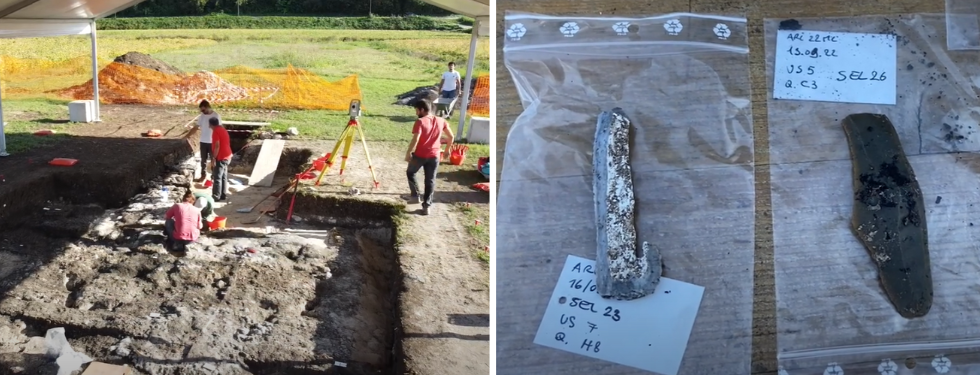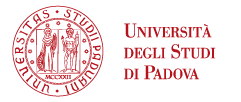The excavations at Molino Casarotto (VI) shed new light on a Middle Neolithic settlement

The new excavations at the site of Molino Casarotto (Arcugnano - Vicenza) have just ended. Expectations are high because the geomagnetic investigations conducted close to the latest excavations (which had been carried out by Professor Alberto Broglio of the University of Ferrara and Professor Lawrence Barfield of the University of Birmingham in 1972) revealed that at least half of a large living structure, datable around 5000 years BC, is still to be discovered.
The activities are carried out in the framework of the GEODAP project and they are led by Cristiano Nicosia, full professor of the Department of Geosciences of the University of Padua, together with the archaeologist of the Superintendence Paola Salzani.
"To find such well preserved living houses is quite rare for the European Neolithic", professor Nicosia explained. 50 years after the last excavations "we opened a new excavations sector and we exposed a completely untouched part. We are now sampling all these structures and all these layers with the idea of doing all those analyzes that 50 years ago were nor available".
All the objects and the materials that have been found will be analyzed at the Department of Geosciences of the University of Padua, in the latest generation laboratories that have been set up thanks to the GEODAP project.





